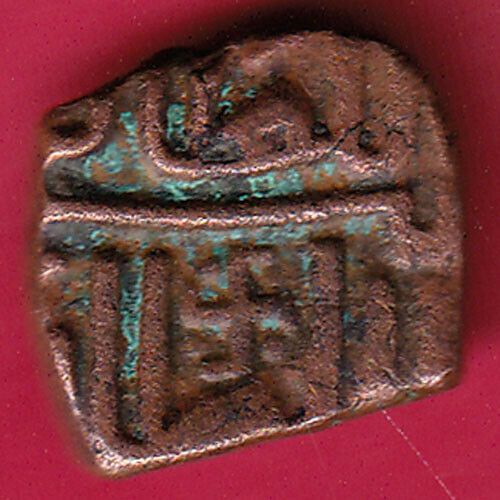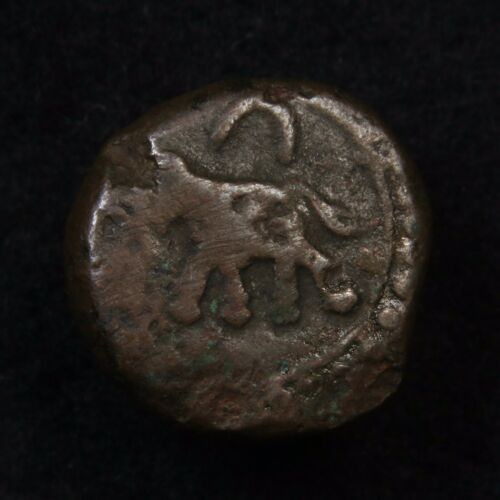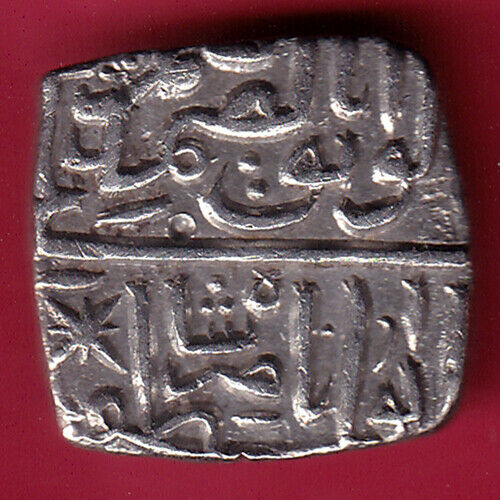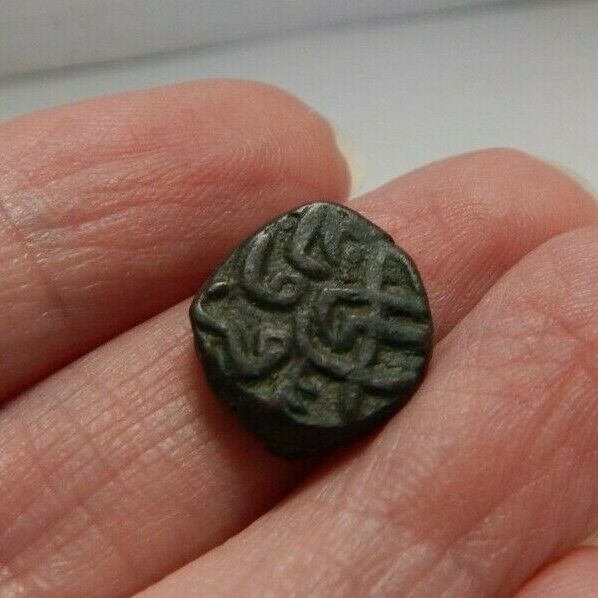-40%
The Mauryan Silver Punch Mark Coin with Album and Certificate
$ 25.97
- Description
- Size Guide
Description
The Mauryan Silver Punch Mark Coin with Album,Story and Certificate.The Mauryan Silver Punch Mark Coin SILVER PUNCHMARK WITH IMPRESSIONS OF VARIOUS SYMBOLS AND OR ANIMALS The earliest Indian coins were pieces of punch marked silver, minted between 5th - 6th century BCE. Silver metal, rare in ancient India, likely originated from trade with Afghanistan, Persia, and Burma. Ancient Indian coinage was based on the Karshapana unit, consisting of 32 rattis (3.3 grams of silver). A ratti is equivalent to 0.11 grams, the average weight of a bright red Gunja seed. Mauryan coins differed from earlier kingdoms by having five punches and always including a sun symbol, representing the emperor. An astonishing variety of symbols, animate and inanimate objects, are believed to represent other Mauryan officials. The other difference is the reverse symbols, far smaller in number, which served as a mintmark. Two manufacturing methods were used: cut-sheet and dropped-globule. Metal was beaten into flat sheets and cut into rectangles or squares which were clipped to adjust weight. Respectively, circular coins were made from molten metal globules that were poured into molds or dropped into water then hammered flat. Images were then punched onto hot coin blanks. The pictographic system gradually disappeared as written coin inscriptions arrived in the second century BCE. The Mauryan Empire was the largest and most powerful empire in ancient India. At its greatest extent, the Empire stretched across India from its border with China across Pakistan and Afghanistan to the border with Iran. The empire was founded in 322 BCE by Chandragupta Maurya, who succeeded the Nanda Dynasty.
We ship within one business day..
You may return anything you get from me for a complete refund including shipping both ways on U.S.orders.
Over 24,000 positive feedbacks
ANA Platinum Member,#3163853
All Items Ship Priority Mail.











